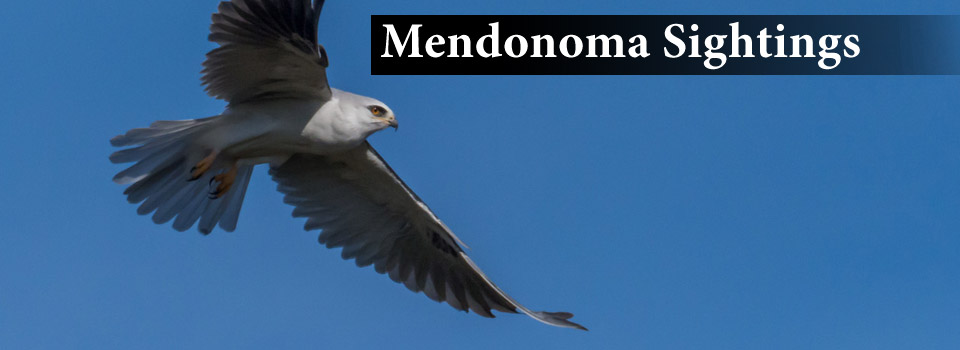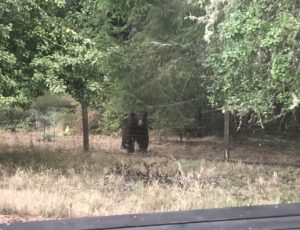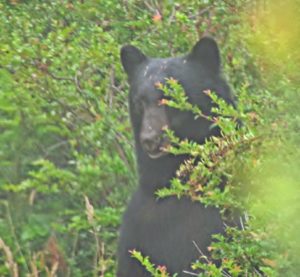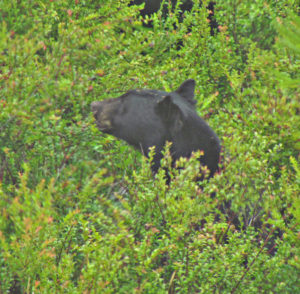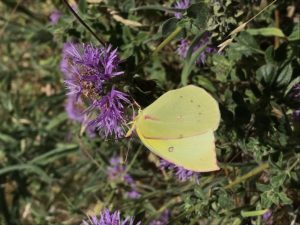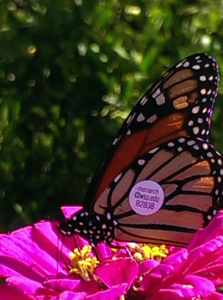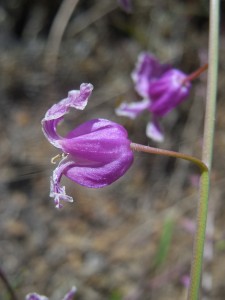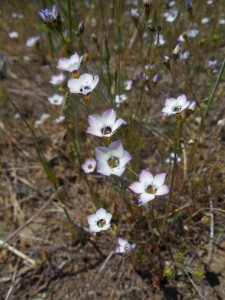Laura Baker wrote, "I was out looking under logs up here in Annapolis and had a wonderful experience. I found a Speckled Black Salamander, a first for me. Later in the day I found a Wandering Salamander, also a first.”
Here's Speckled Black Salamander, Anedies flauvipunctatus. Its Scientific name sounds like an incantation from Harry Potter!
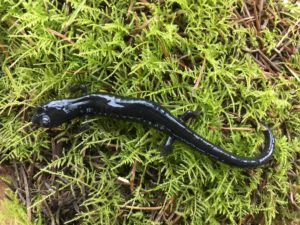 And here is the Wandering Salamander, Aneides vacrans.
And here is the Wandering Salamander, Aneides vacrans.
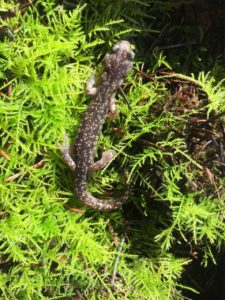 Here's a look at this salamander's long, squared-off toes.
Here's a look at this salamander's long, squared-off toes.
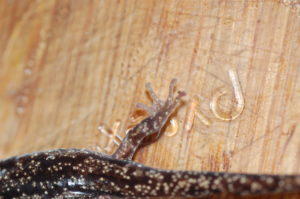 These are climbing salamanders and have prehensile tails. Wandering Salamanders often are found high in the canopy of old-growth trees, where they can live for the entire lives. The Gualala River watershed is the southernmost limit of their range.
These are climbing salamanders and have prehensile tails. Wandering Salamanders often are found high in the canopy of old-growth trees, where they can live for the entire lives. The Gualala River watershed is the southernmost limit of their range.
Thanks to Laura for allowing me to share her photos with you here.
We received .25 inches of rain yesterday, the first in over a month. We have more in our forecast. Today I can see showers out on the horizon and the Pacific Ocean has big swells.
